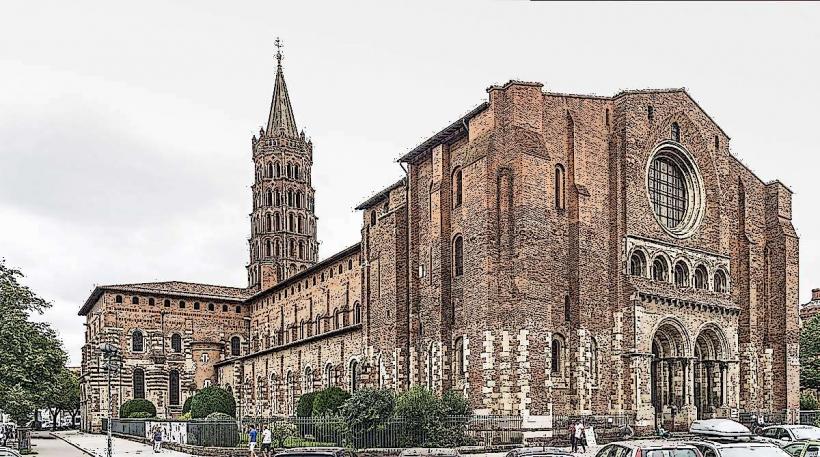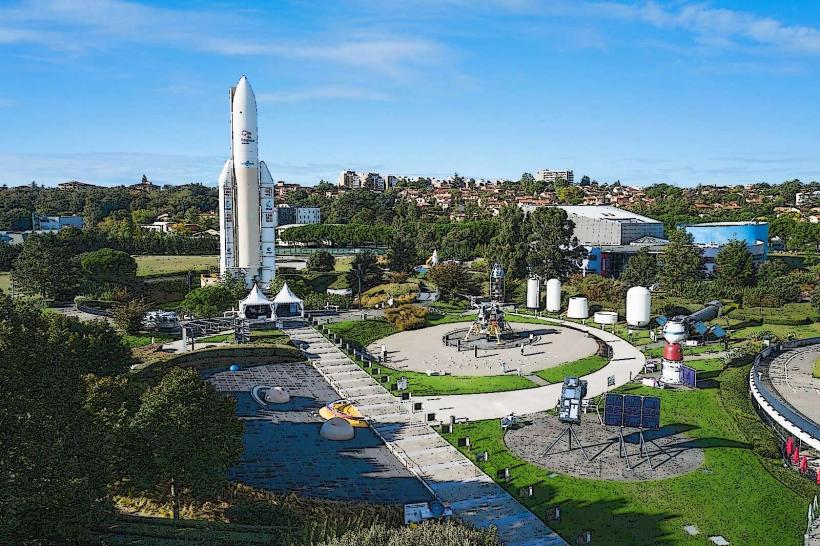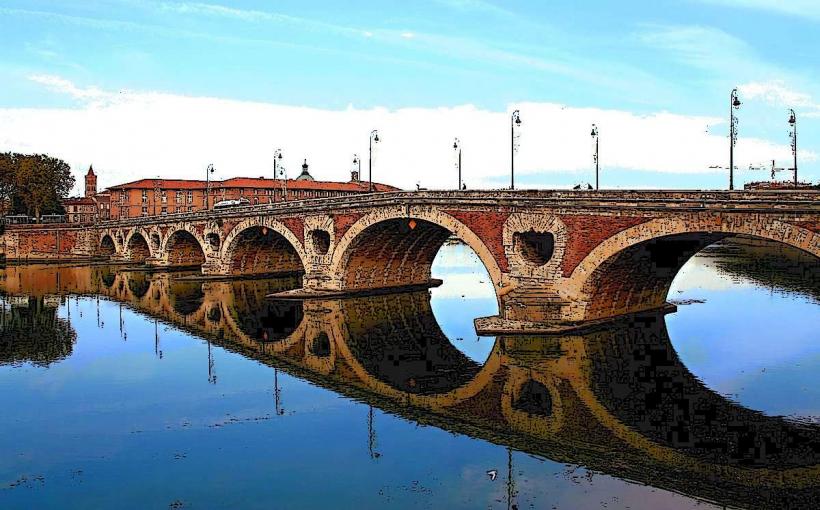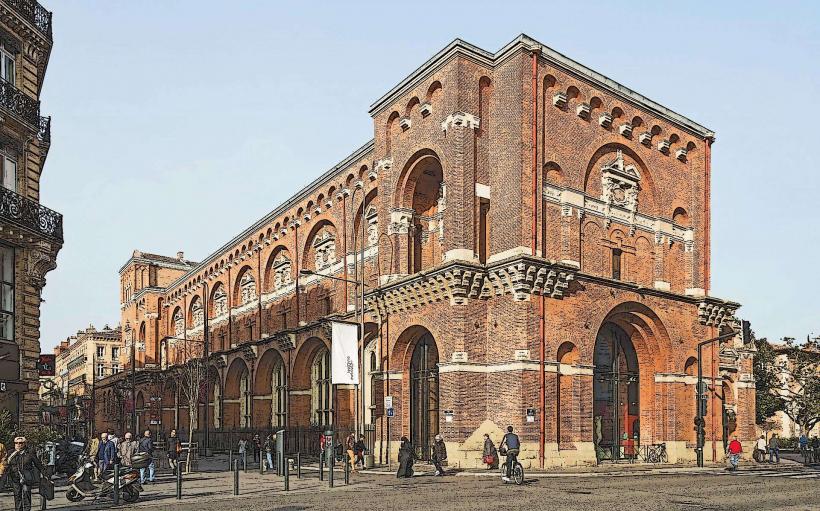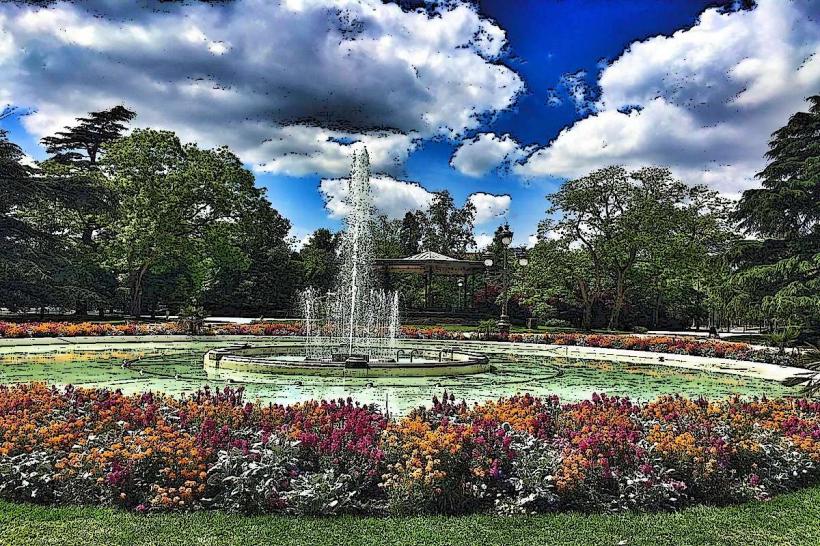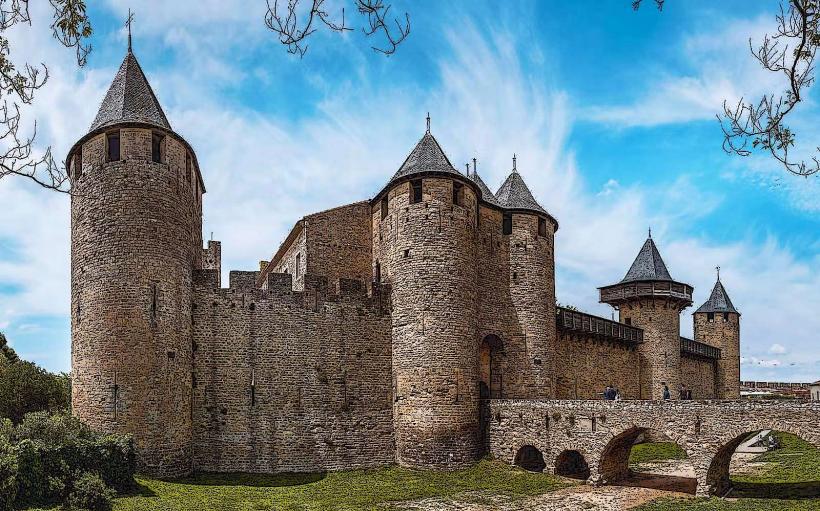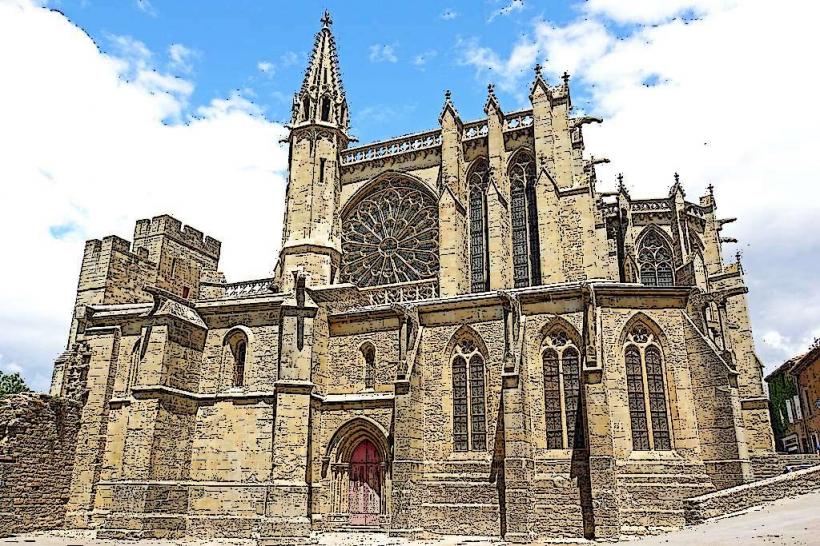Information
Landmark: Capitole de ToulouseCity: Toulouse
Country: France
Continent: Europe
The Capitole de Toulouse is one of the most significant and iconic landmarks in the city of Toulouse, France. It is a grand architectural and historical building located in the heart of the city's Place du Capitole. The Capitole serves as both a symbol of Toulouse's rich history and its administrative center. Here's a detailed overview:
1. Historical Background
Origins: The Capitole de Toulouse dates back to the 12th century, when it was originally built as the seat of the city's municipal government. The structure has undergone numerous renovations and expansions over the centuries, reflecting the evolving architectural tastes and the growth of the city.
Building Name: The name "Capitole" comes from the Latin term for "Capitolium," referring to the seat of government in ancient Rome. The Capitole de Toulouse was historically a place for both the local governing body and the municipal council.
Role in Toulouse: Over the centuries, the Capitole has been at the heart of Toulouse's political life. It housed the City Hall, the Toulouse City Council, and administrative offices, and it was a key center for municipal power.
2. Architecture
Exterior:
- The Capitole de Toulouse is a stunning example of French classical architecture, with a distinctive pink brick façade that reflects the region's nickname, "La Ville Rose" (The Pink City).
- The building is designed in a neoclassical style, with a grand entrance featuring a large portico supported by Corinthian columns. Above the entrance, a wide balcony provides an elevated view of the Place du Capitole.
- The façade is adorned with sculptural decorations, including several statues representing notable figures from Toulouse’s history, such as the city's founders and influential leaders.
Interior:
- Inside the Capitole, visitors can explore a number of elegant rooms, including the Council Chamber and the Salle des Illustres (Hall of the Illustrious), which is richly decorated with murals and portraits of important historical figures.
- The Salle des Illustres is especially notable for its grand decorative elements, including large frescoes and paintings depicting the history of Toulouse and its leaders.
- The foyer of the Capitole is adorned with marble columns and stunning woodwork, offering a beautiful example of classical French interior design.
3. Cultural and Civic Significance
Political Role: Throughout its history, the Capitole has served as the center of political and administrative power in Toulouse. It continues to house the City Hall and is the location for official functions, events, and municipal meetings.
Symbol of Toulouse: The Capitole is not just a government building but a powerful symbol of the city’s civic pride, history, and culture. It represents the power and wealth of Toulouse in medieval and modern times, and it remains a key emblem of the city.
Cultural Hub: The Capitole also serves as a venue for cultural events and performances, including concerts and ceremonies. Its large, elegant rooms often host events related to the city’s rich cultural life.
4. Visiting the Capitole de Toulouse
Public Access: The Capitole is open to the public, and visitors can explore its beautiful interior, including the Salle des Illustres and other notable rooms. While parts of the building are still used for official city business, the main rooms are available for visitors to admire the architectural details and historical art.
Guided Tours: Visitors can take guided tours to learn more about the history and significance of the Capitole de Toulouse. These tours often include insights into the city's history, its governance, and the architectural features of the building.
Location: The Capitole de Toulouse is located in Place du Capitole, one of the city’s central squares. The square is a popular gathering place and is surrounded by other important buildings, cafés, and shops. It serves as the city's vibrant heart, with the Capitole as its central feature.
5. Events and Festivals
Concerts and Performances: The Capitole de Toulouse is home to the famous Toulouse Opera, which hosts numerous performances throughout the year. The building’s large rooms and acoustics make it an ideal venue for musical and cultural events.
City Ceremonies: The Capitole is the site for official civic ceremonies, including receptions for visiting dignitaries and celebrations of important national holidays or local festivals.
6. Architectural Influence
Neoclassical Style: The Capitole's architecture was influenced by neoclassical trends, reflecting the ideals of the French Revolution and the grandeur of classical Roman architecture. The building has inspired many other public buildings in France and around the world.
Design by Guillaume Cammas: The architect Guillaume Cammas is credited with redesigning the Capitole in the early 19th century, giving the building much of its current classical form. His work made the Capitole de Toulouse one of the finest examples of civic architecture in France.
7. Conclusion
The Capitole de Toulouse stands as a monumental testament to the city’s rich history, its political significance, and its architectural beauty. From its origins in the medieval period to its neoclassical redesign in the 19th century, it remains a central figure in the life of Toulouse. Whether you're interested in history, architecture, or local culture, the Capitole is a must-see destination for visitors to the city.

